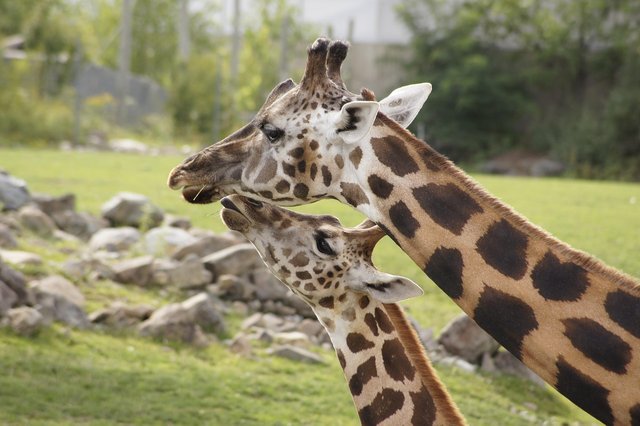Giraffes and Their Uniqueness

The giraffe (Giraffa camelopardalis) is a herbivorous mammal known for its unique long neck. They are the largest land animals and belong to the genus Giraffa, which consists of several species. The uniqueness of the giraffe lies primarily in its anatomy and interesting regional conditions.
Giraffes have long necks and long legs, which enable them to reach leaves high on trees that other animals cannot reach. This long neck consists of seven cervical vertebrae that are the same length as the human cervical spine, but each of them is very large. Their necks are also equipped with strong muscles and vascular structures to support movement and balance when eating or drinking.
Additionally, giraffes have long, flexible tongues, which allow them to reach and pluck leaves from high branches. Even the skin color of giraffes is unique, with regular brown patches, similar to crickets, giving them protection from predators in their natural habitat.
In terms of behavior, giraffes are calm animals and tend to live in small or large groups, consisting of females and their calves. Although generally known for their encounters and unique physical features, giraffes also play an important role in the African ecosystem, aiding in seed dispersal and providing a food source for predators such as lions.
Overall, giraffes are a stunning example of extraordinary evolutionary adaptation to their habitat, allowing them to survive and thrive in unique and challenging environments.
Upvoted. Thank You for sending some of your rewards to @null. It will make Steem stronger.